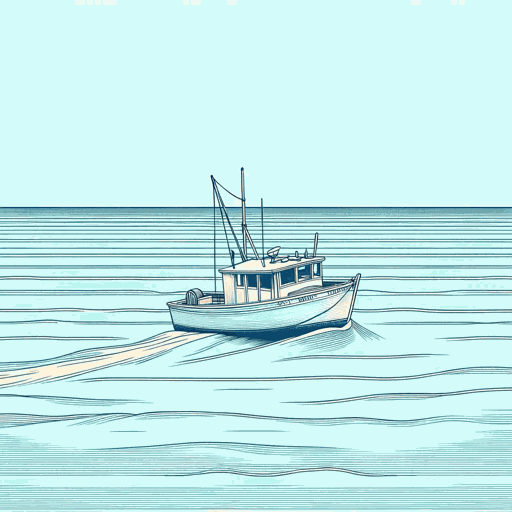38 pages • 1 hour read
Ernest HemingwayTo Have And Have Not
Fiction | Novel | Adult | Published in 1937A modern alternative to SparkNotes and CliffsNotes, SuperSummary offers high-quality Study Guides with detailed chapter summaries and analysis of major themes, characters, and more.
Summary and Study Guide
Overview
Ernest Hemingway’s best-selling yet poorly reviewed 1937 novel, To Have and Have Not, reflects his growing disillusionment with the world following his experiences in Spain during the Spanish Civil War. Written in piecemeal format during his travels, the novel was originally published as two separate short stories and a novella, and this disjointed formation is apparent in the continuity of the plot. Featuring Hemingway’s classic minimalism, the novel offers both the story of Harry Morgan, a man trying to support his family during the Great Depression, and a social commentary on the dynamics between the privileged (the “Haves”) and the not-so-fortunate (the “Have Nots”) during that time period.
Moving swiftly between alternate viewpoints, the storyline gives readers a multifaceted look at rugged individualism and wasteful decadence. The novel was adapted into a screenplay by Howard Hawks in 1944 and starred two big-names of the modern cinema, Humphrey Bogart and Lauren Bacall, but the similarity between the two works ends with the title.
This literary guide uses the 2003 Scribner paperback edition and does not cite the text’s many instances of racial slurs that were commonplace at the time of publication.
Plot Summary
Harry Morgan is a well-known charter boat captain who runs fishing trips between Key West and Cuba. As a 42-year-old husband and father of three, Harry’s goal in life is to provide for his family in the early months of the Great Depression. When a rich customer uses his services for three weeks and then skips town without paying, Harry is caught between his convictions and his need to support his family. With minimal reservations, he agrees to smuggle human cargo from Cuba back to the States, but he ends up killing the wealthy ringleader of the cargo ring when the man tries to double-cross the passengers.
The Depression fully kills the fishing charter business, leaving Harry to use his boat to make money the only way he can—by running contraband rum from Cuba to Florida. His last trip results in a speed race and shootout with the Cuban government, and both Harry and his deckhand, Wesley, are shot numerous times. They make it back to Key West, dump the liquor overboard, and attempt to hide the boat from the American government, who Harry feels will unjustly seize his boat. Unfortunately for him, two government men on a nearby fishing boat see him and turn him in, resulting in his boat being taken to the US Navy Yard nearby.
A few months later, a jaded Harry has lost his arm due to the bullet wounds and is forced to dive deeper into the dark and brutal underworld of illicit activity. A local lawyer offers him a well-paying job to transport four Cuban militants back to Cuba after they rob a bank to support their revolution. Harry struggles with this decision, but he ultimately accepts; losing both his arm and his boat has left him with no other way to provide for his family. He steals his boat back from the US Navy Yard, but the customs men find it the next day. Harry must then put his personal items up for collateral to Freddy, the local bar owner, so he can use Freddy’s boat for the transport. On his way to prepare Freddy’s boat, he passes a group of rich tourists at the bar, one of whom seems enthralled by Harry’s masculinity (a quality he feels he lacks after losing his arm). The conversation between the rich tourists is superficial and entitled—it is clear they are used to being treated like royalty.
Harry and his friend and sometimes-deckhand, Albert Tracy, gas up Freddy’s boat and wait for the Cubans, though Albert does not know the details of the trip. They hear the bank robbery in action, and when the men arrive with the bags of money, Albert protests and refuses to help them. Roberto, one of the Cubans, shoots and kills Albert. As Harry speeds away, he pretends to be friendly with the Cubans to evade suspicion, but inwardly, he is seething. After a few moments, he helps Roberto throw Albert’s body overboard. When the Cubans finally get comfortable, Harry moves below deck and gets a semi-automatic rifle he has hidden there, comes back to the top deck, and systematically shoots the men. Though he thinks they are all dead, one man sits up and shoots Harry in the stomach. He falls to the deck while the boat drifts along the Gulf Stream.
Meanwhile, the storyline shifts to Richard and Helen Gordon, two of the rich tourists from the bar. Though they present as a happy couple, both seek fulfillment outside of their marriage through extramarital affairs. Helen’s request for a divorce drives Richard to the nearest bar, where a sheriff arrives and asks Richard to come with him and identify Freddy’s boat, which is being pulled in by the Coast Guard with five bodies on board—four dead, one alive. On the way to the shipyard, they stop into Freddy’s bar to break up a fight amongst a group of war veterans who are using alcohol to numb out their trauma. Richard runs into his wife’s lover and hits him, then stumbles home drunk.
The omniscient narration shifts to observe the marina’s numerous expensive yachts at anchor, and the narrative perspective meanders between the people on board. All are rich and privileged, and most deal with either secret insecurities or a complete disdain for the human condition. All but one man have attained their wealth and security by cheating and manipulating others, exposing the façade of happiness that money can bring.
Harry, barely alive, is brought to the hospital for emergency surgery. Marie and his daughters wait in the waiting room, but when the doctor says Harry is in surgery, Marie brings the girls home. Upon returning, staff inform her that Harry died. A few weeks go by before Marie comes to terms with his death. She does not attend his funeral, as it is too hard for her to see him like that. The novel ends with Marie resolving to channel Harry’s strength as she faces life without him.
Related Titles
By Ernest Hemingway
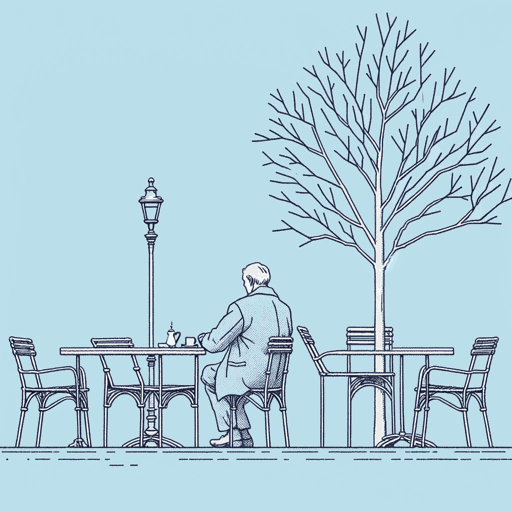
A Clean, Well-Lighted Place
Ernest Hemingway

Across the River and into the Trees
Ernest Hemingway
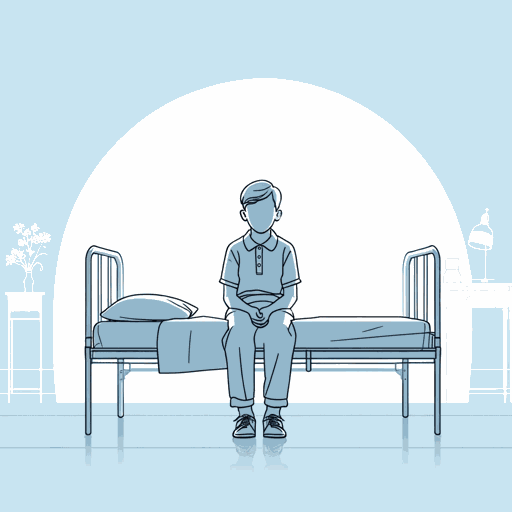
A Day's Wait
Ernest Hemingway
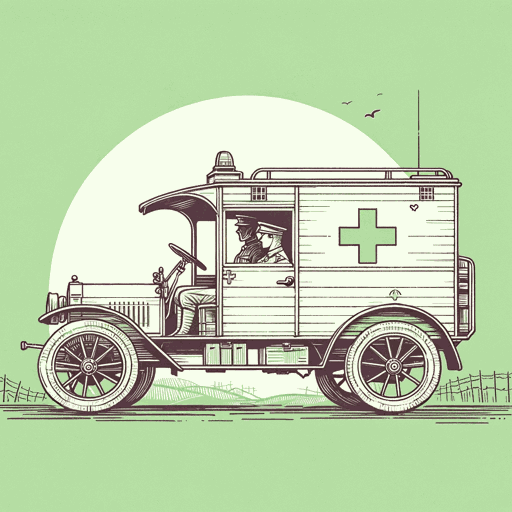
A Farewell to Arms
Ernest Hemingway
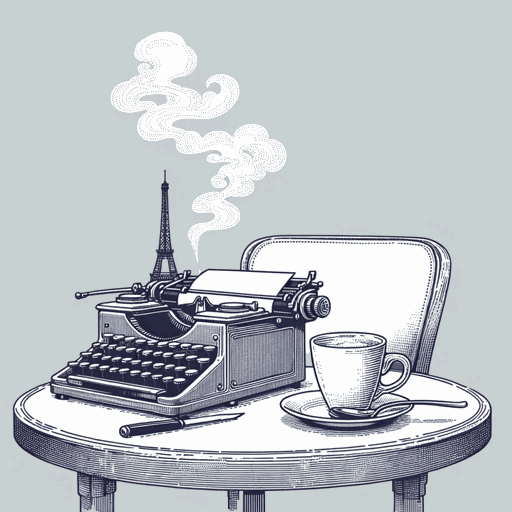
A Moveable Feast
Ernest Hemingway

A Very Short Story
Ernest Hemingway
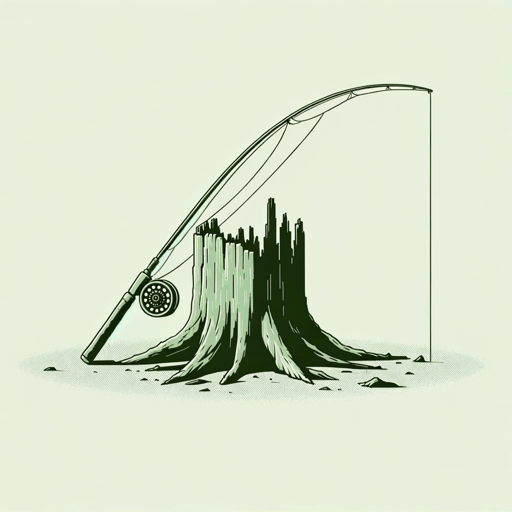
Big Two-Hearted River
Ernest Hemingway
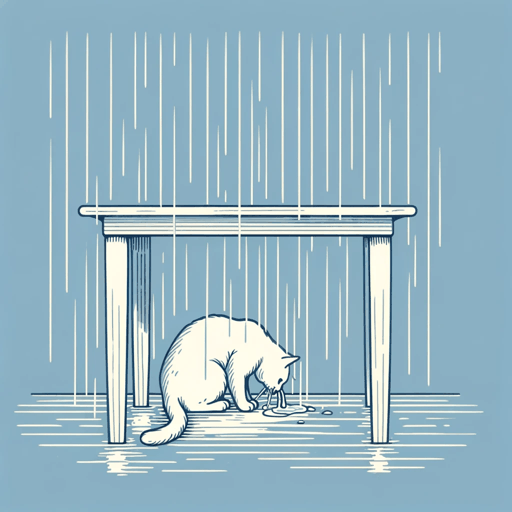
Cat in the Rain
Ernest Hemingway

For Whom the Bell Tolls
Ernest Hemingway

Green Hills of Africa
Ernest Hemingway

Hills Like White Elephants
Ernest Hemingway
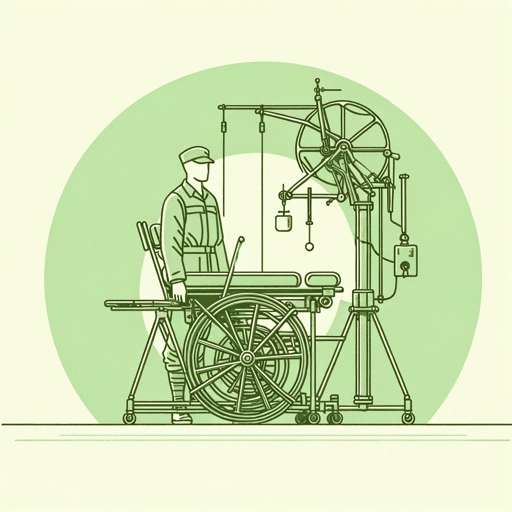
In Another Country
Ernest Hemingway

Indian Camp
Ernest Hemingway

In Our Time
Ernest Hemingway
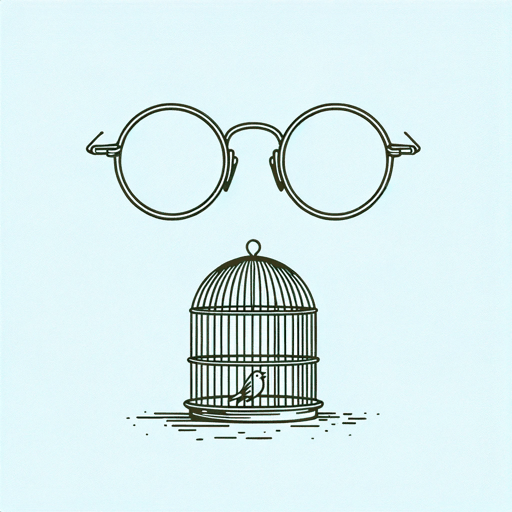
Old Man at the Bridge
Ernest Hemingway
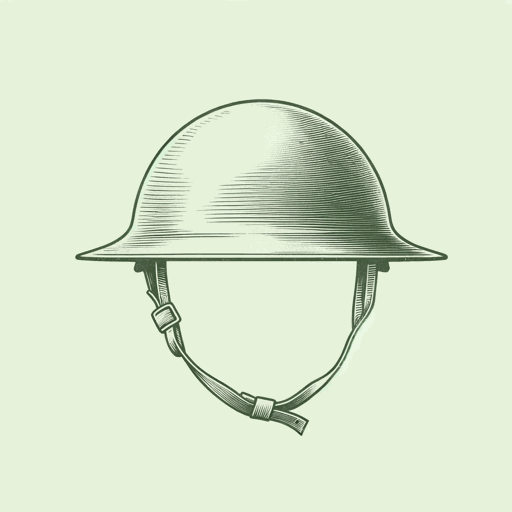
Soldier's Home
Ernest Hemingway

Solider's Home
Ernest Hemingway

Ten Indians
Ernest Hemingway
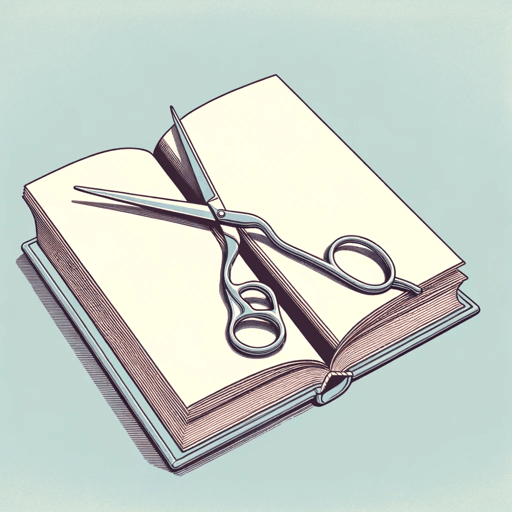
The Garden of Eden
Ernest Hemingway

The Killers
Ernest Hemingway
